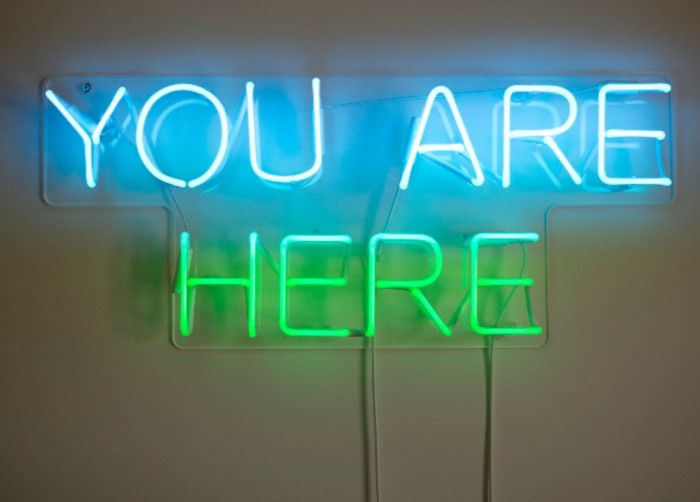These days are marked by a steady stream of difficult headlines in mainstream media and weekly, if not daily struggles of making it through this beautiful gift of life. If you are someone who wakes up and dreads the day before it has already begun, I invite you to keep reading. I would also invite you to continue reading if you are someone who pounces out of bed with vigor, excitement flowing through you with the eagerness to receive whatever miracles are coming your way. These mindfulness practices can be completely eye-opening for those who are familiar with mindfulness and meditation and for those who are just starting to dip their toes in the water.
With all of the unknowns that the future holds, it is all too easy to get stuck in negative feedback loops which ultimately breed stress in the body, which then manifests itself into how we perceive our outside life circumstances, which is oftentimes negative. So, in this blog post, I would like to talk about how you can train your brain with intentional mindfulness practices that help you stay focused on the positive so that you may have more control over your stress levels and maintain physical and mental health.



